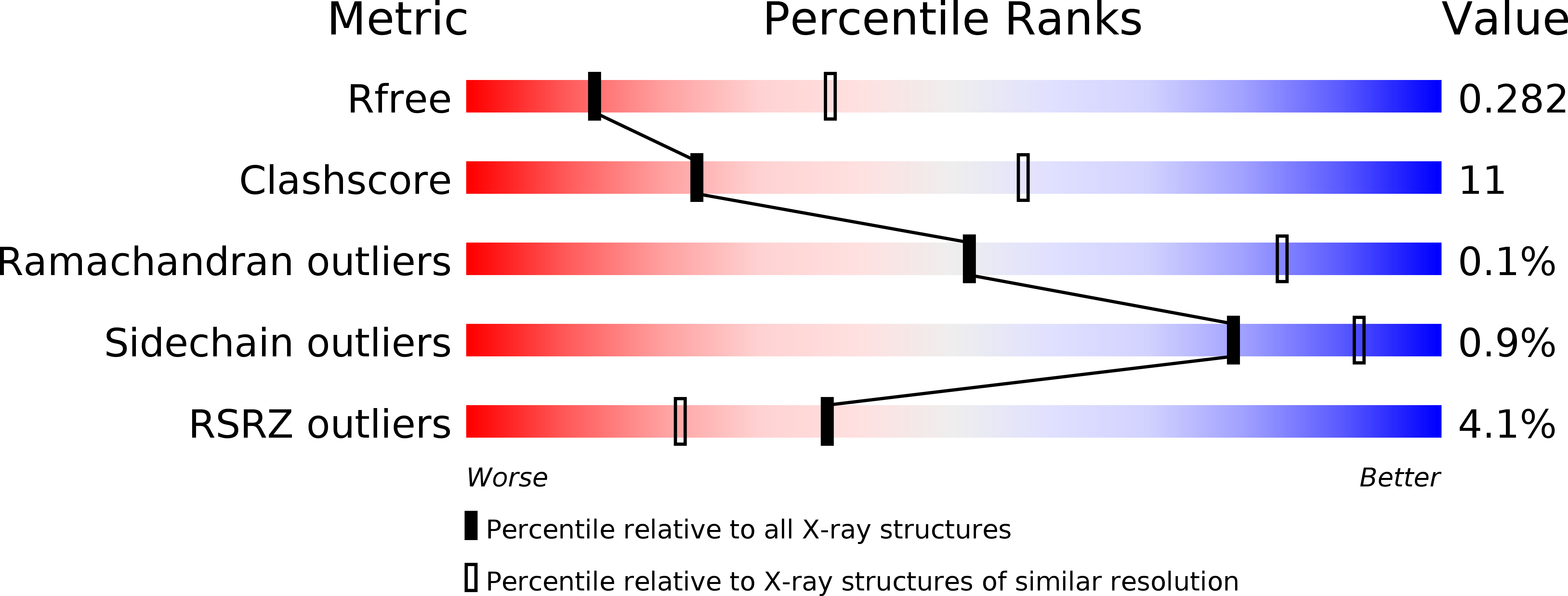
Deposition Date
2015-06-04
Release Date
2015-12-23
Last Version Date
2023-11-08
Entry Detail
PDB ID:
5BUN
Keywords:
Title:
Crystal structure of an antigenic outer membrane protein ST50 from Salmonella Typhi
Biological Source:
Source Organism:
Host Organism:
Method Details:
Experimental Method:
Resolution:
2.98 Å
R-Value Free:
0.27
R-Value Work:
0.20
R-Value Observed:
0.21
Space Group:
I 4


